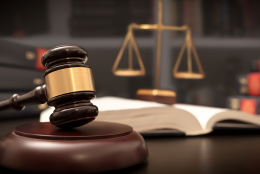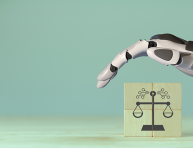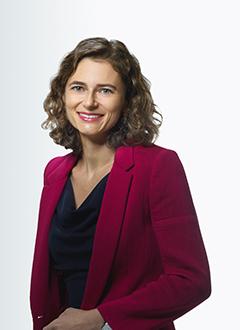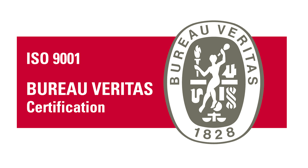Article
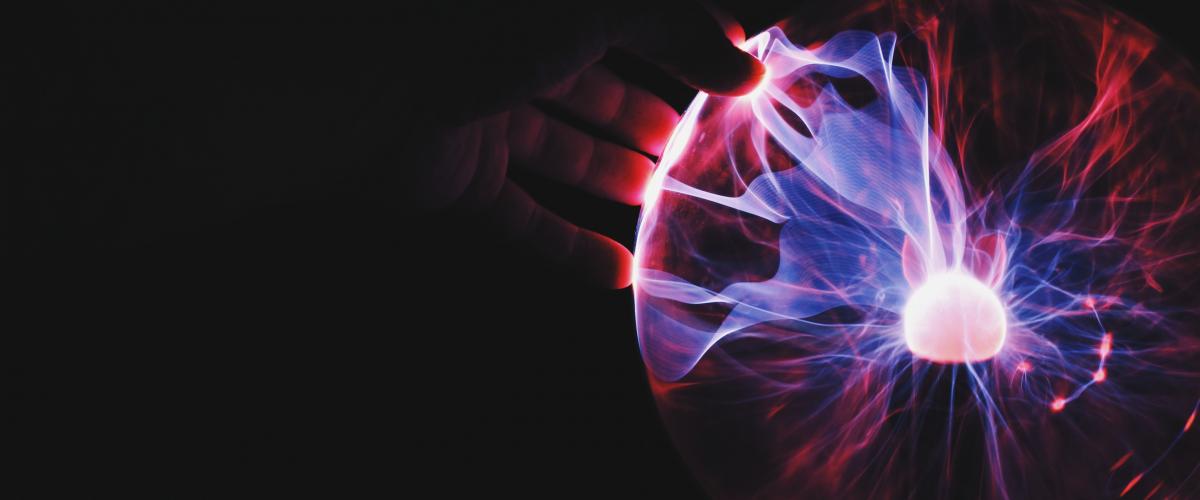
Patentability of AI and simulation methods: a review of French and European practices
In October 2019, the National Institute of Industrial Property (INPI) updated its Guidelines regarding the grant of patents and of utility certificates.
New developments are introduced, concerning the patentability of methods for modelling, simulating or designing (C-VII-1.3.1) and methods using artificial intelligence (C-VII-1.3.2). The European Patent Office (EPO) has previously amended its own Examination Guidelines in November 2018 on the same topics (G-II-3.3.2 and G-II-3.3.1).
Both offices consider that these different methods fall into the category of mathematical methods, and that inventions which make use of them must be examined by weighing their technical and abstract character.
The French (Art. L.611-10-2-c CPI) and European (Art. 52-2-c EPC) texts state that " schemes, rules and methods for performing mental acts, playing games or doing business, and programs for computers", considered as such, are not inventions.
The EPO considers that the exclusion applies when a claim concerns a purely abstract mathematical method and does not require any technical means. If this obstacle is relatively easy to overcome by applicants through the use of a clever formulation of the claim, the EPO continues its examination by assessing another condition of patentability, namely the inventive step (Art. 56 EPC). Here, the examiner evaluates whether or not the mathematical method contributes to the technical aspect of the invention, namely whether or not it produces a technical effect which serves a technical purpose.
The technical aspect can be deduced from the application of the mathematical method, for example:
- controlling an X-ray machine or a steel cooling process;
- enhancing or analyzing audio signals, images or digital video;
- encrypting, decrypting or signing electronic communications, etc.
It can moreover be deduced from the implementation of the mathematical method if it is a specific technical implementation designed on the basis of technical considerations relating to the internal workings of the computer.
Until now, the French texts have not given the INPI the power to reject a patent application for lack of inventive step (Art. L.611-14 CPI). This explains why the INPI takes a slightly different stand in the examination of the Art. L.611-10-2-c CPI: it evaluates whether or not the technical implementation of a mathematical method, claimed in a patent application, goes beyond a generic technical implementation. If the technical means implemented are generic (e.g. personal computer, computer network, FPGA circuit, ...), the INPI will reject the patent application. After the introduction of the PACTE law, which will enable the INPI to formulate rejections for lack of inventive step, Guidelines may be adapted to align them more closely with those of the EPO.
Modelling, simulation methods or design methods
They are considered, by both the INPI and the EPO, to be methods in which at least some of the features fall into the category of mathematical methods or methods for performing mental acts, and are therefore examined as described above.
However, the INPI and EPO Guidelines give some more detail about the assessment of the technical nature of this type of method.
With respect to modeling methods, if a claim concerns an abstract model or a method for obtaining such a model, such as a series of equations, the model or method is not considered as having a technical effect, even if the product or system being modeled is itself technical.
A computer-aided design method is considered to have a technical purpose if the three following conditions are met:
- it enables a technical parameter to be determined,
- the technical parameter is intrinsically linked to the operation of a technical object, and
- the determination is based on technical considerations.
If a computer-aided design method is conditioned predominantly by human intervention or based on non-technical considerations, then it is considered to have no technical effect.
The Guidelines provide some examples of design methods, and the assessment on whether or not they are technical in nature:
|
EPO |
INPI |
|
|---|---|---|
|
- computer-aided design of an optical system using a particular formula to determine parameters such as a refractive index or magnification factor to optimize optical performance - method for determining, by means of iterative computer simulations, the maximum value that an operating parameter of a nuclear reactor may take without risking rupture of a sleeve due to stress |
- method for determining the mounting stiffness of the support of a pendulum damping device on a vehicle powertrain component | |
| - |
- method for designing an optimal transport plan for a railway transport line considering different cost parameters and passenger demand |
Finally, the INPI and EPO Guidelines provide some indications on the technical nature of a computer-aided simulation method.
Such a method is considered technical when it:
- is limited to a specific technical field,
- deals with technical data, and
- simulates a technical object.
In this respect, the Guidelines refer to the example of a numerical simulation of the behaviour of an electronic circuit subject to noise 1/f, an example which was the subject of a decision (T1227/05) of a Board of Appeal of the European Patent Office.
The triple condition of technicality of the field, of the processed data, and of the simulated object, for the simulation method to be considered technical, is however restrictive.
On the other hand, the Guidelines also state that a method for the simulation of non-technical processes such as a marketing campaign or an administrative plan for the transport of goods does not have a technical nature.
These two particular cases are not sufficient to categorize all the simulation methods currently being developed and, on the contrary, leave doubt as to the assessment of the technical nature of a large number of them. For example, some simulation methods, based on mathematical principles and artificial intelligence to facilitate the processing of large amounts of data, can be applied to the simulation of both technical and non-technical objects. For this type of method, a limitation to a specific technical field is generally not relevant for applicants.
In such cases, a practice has been developed amongst patent specialists, namely specifying in the claim that the method is intended to simulate a technical system or process, without further precision.
The INPI and EPO Guidelines counteract this approach by specifying that such a generic limitation does not correspond to a sufficiently precise technical purpose. The EPO does not provide any justification on this point, due to the absence of case law on such a formulation. However, the INPI provides an example of a simulation process "of a physical phenomenon in an environment", which, being devoid of concrete technical application and technical characteristics linked to a specific technical system, has no technical purpose. The INPI also takes into account that this process could be applied to both physical and non-physical phenomena.
This position, in which the INPI seems to suggest that one can ignore a limitation explicitly stated in a claim, illustrates the difficulty of understanding the technical nature of an invention. On the other hand, it could be considered that, although the specific technical application is not indicated, in order not to unduly limit the scope of a claim applicable to various fields, the implementation of a simulation method may produce technical effects regardless of the technical application targeted.
It is hoped that that future case law will soon clarify the criteria for determining the technical nature of a simulation method that does not correspond to either of the two extreme cases presented above.
In this respect, decision G1/19 of the EPO Enlarged Board of Appeal is eagerly awaited. This decision must answer three questions, set out in decision T0489/14, which aims to determine to what extent a computer-aided simulation of a technical system or process can solve a technical problem by producing a technical effect and thus contribute to an inventive step.
The simulation method which is concerned by Decision T0489/14 is a method of simulating a flow of pedestrians in a building, one envisaged application of which is to assist in the design of the building. The method includes determining a preferred route for a pedestrian to reach a location based on a dissatisfaction function, and evaluating the possibility of following that preferred route based on obstructions created by the building.
The Board of Appeal considered that, following the established practice of the EPO, the only technical feature of the simulation method claim is the use of a computer, and that the other features were exclusively intellectual. However, it also acknowledged, applying the provisions of the above-mentioned decision T1227/05, that it could not be denied that the simulation method allowed to assist in the design of a building, which is a technical purpose, and that the simulation of pedestrian routes was underpinned by technical considerations, as the routes are modelled by equations and must take into account the physical reality of the obstructions caused by the walls of a building.
The patent application on which the referral to the Enlarged Board of Appeal is based is interesting in more ways than one.
On the one hand, it concerns a field which is much further from the technical reality of a real system than decision T1227/05, since the simulation is implemented in a fictitious building which may never exist.
On the other hand, it concerns a simulation method as such, the application of which is not specified, and does not exclude non-technical applications; for example, one could simulate pedestrian flows in buildings to determine locations of commercial premises.
Therefore, it is hoped that the Enlarged Board of Appeal will produce practical criteria for assessing the technical character of possibly general simulation methods, or at an early stage of a technical product. In the meantime, the President of the EPO has, in a press release dated 10 April 2019, decided that all proceedings before the Examining and Opposition Divisions of the EPO, the outcome of which depends entirely on this decision, will be suspended until the Enlarged Board of Appeal has taken a decision.
Artificial Intelligence
AI is a difficult concept to grasp. The Larousse Encyclopedia sees it as "a set of theories and techniques used to create machines capable of simulating human intelligence". The INPI adopts a similar definition in its new Guidelines by referring to "the set of theories and techniques used to create computer programs, calculation models and algorithms that enable machines to reproduce a form of intelligence". But when it comes to assessing the patentability of an invention, the notion of intelligence, whether human or not, is not of much help. In its Guidelines, the EPO places AI in a category that also includes machine learning, and attempts another definition of this category as being "based on computational models and algorithms used for the purposes of classification, partitioning, regression and dimensionality reduction".
Regardless of the definition adopted, the methods underlying AI are considered mathematical methods, which the offices therefore treat in the manner outlined above.
Both the INPI and EPO Guidelines state that the use in a claim of expressions such as "support vector machine (SVM)", "reasoning engine", "neural network", "genetic algorithm" or "machine or deep learning" is not sufficient in itself to confer a technical character on the claimed object.
They also list a certain number of applications of AI, providing an assessment of whether or not it is technical (and therefore patentable):
|
EPO |
INPI |
|
|---|---|---|
|
- use of a neural network in a heart-monitoring apparatus for identifying irregular heartbeats - classification of digital images, video and audio or speech signals based on of low-level features (e.g. edges or pixel attributes for images)
|
- use of a neural network in a cardiac monitoring device for detecting irregular heartbeats - computer vision such as processing, recognition and/or classification of images and/or videos, e.g. recognition of the environment of an autonomous vehicle from sensor data, analysis of digital images for the recognition of an event such as a tumour in a series of images or for the detection of a movement within a video sequence - robotics and control/command methods, e.g. real-time control of a drilling tool, based on measured physical properties of the drilling environment via neural network training - node-level traffic classification in IP networks using machine learning to improve traffic management on the IP network |
|
|
- classification of text documents solely in respect of their textual content - classification of abstract data records or even telecommunication network data records, without any indication of a technical use of the resulting classification, even if the classification algorithm may be considered to have valuable mathematical properties such as robustness |
- predictive analysis: a method using AI to predict stock market prices - word processing: the use of a tool for extracting commercial keywords from a content to enable their identification and indexing using AI |
There remains the case of inventions which do not involve new applications of AI, but rather seek to improve the tools used by AI. These tools are often based on mathematical models or computer program, and the question arises as to whether or not they should be excluded from patent protection.
This question is not addressed in the INPI guidelines. The EPO Guidelines approach it by stating that “where a classification method serves a technical purpose, the steps of generating the training data and training the classifier may also contribute to the technical character of the invention to the extent that these steps contribute to that technical purpose”. It would therefore be conceivable to patent certain steps or means involved in AI processes with a technical purpose.
It should be noted that the newly issued Guidelines of the EPO and INPI are not yet based on extensive case law. Concerning AI, there appears to have been no significant decisions of the Boards of Appeal of the EPO or of the French Courts to guide the reflections. The cases mentioned in the EPO Guidelines concern relatively old patent applications, the subject matter of which bears little resemblance to the numerous AI based inventions that we are now faced with.
This is an evolving subject. It can be expected that the law will adapt to practice and technological developments, and that future decisions will provide us with a more complete picture. The Guidelines recently issued by the EPO and the INPI have the advantage of having set a first milestone in this evolution.















